Can Druids Talk In Animal Form 5e
If you've e'er read an Animorphs volume and thought "I wish I could plough into a hamster at volition", druid is the Dungeons & Dragons 5E form for you. Renowned for their ability to take the grade of various members of the animate being kingdom - likewise as a few creatures we definitely wouldn't desire to consider part of that kingdom - druids harness the ability of nature itself to fight their foes. Whether that nature happens to exist of the land, bounding main or even swamp is entirely dependent on what kind of druid character yous create.
Until they striking second level, druids are unfortunately a fiddling weaker compared to other spellcasting classes in D&D 5E, with the number of spells a druid can initially acquire rather limited. However, they more than make up for it once they proceeds Wild Shape and the ability to turn into other creatures.
Dungeons & Dragons 5E druid form guide
- Druid starting proficiencies and equipment: Effigy out what your druid is going to wear and wield, and which skills will they take.
- How practice druids bandage spells?: Acquire how your graphic symbol uses magic and which spells they can learn.
- What is training and ritual spellcasting?: These core concepts in D&D spellcasting tin can be catchy to become a grasp on.
- Practise druids get familiars or animal companions?: As a class with a deep connexion to nature, you might wonder if druids become these features.
- What is Wild Shape?: Acquire about the signature druidic ability.
- What tin you plough into with Wild Shape and how many times tin can you use it?: Discover the boundless possibilities of what your druid can get.
- What's the all-time druid circle?: Determine which of the druid circles your grapheme will cull.
- What's the all-time race to play every bit a druid?: Work out which one of the D&D 5E races to choose for your druid.
Second level also brings with it the opportunity to choose which circle of nature your druid is going to follow. Druid circles give their characters additional features and spells on top of those they get from levelling up and the Wild Shape power. At higher levels, druids eventually gain access to some pretty powerful spells, which they'll fifty-fifty be able to utilize fifty-fifty in brute form in one case they hit 18th level. Hence why druids are notorious for being absolute monsters later in a D&D 5E campaign.
Merely what kind of druid are you going to brand? Permit'southward find out, as we run through everything you need to know nearly the druid grade in Dungeons & Dragons 5E.
Druid starting proficiencies and equipment
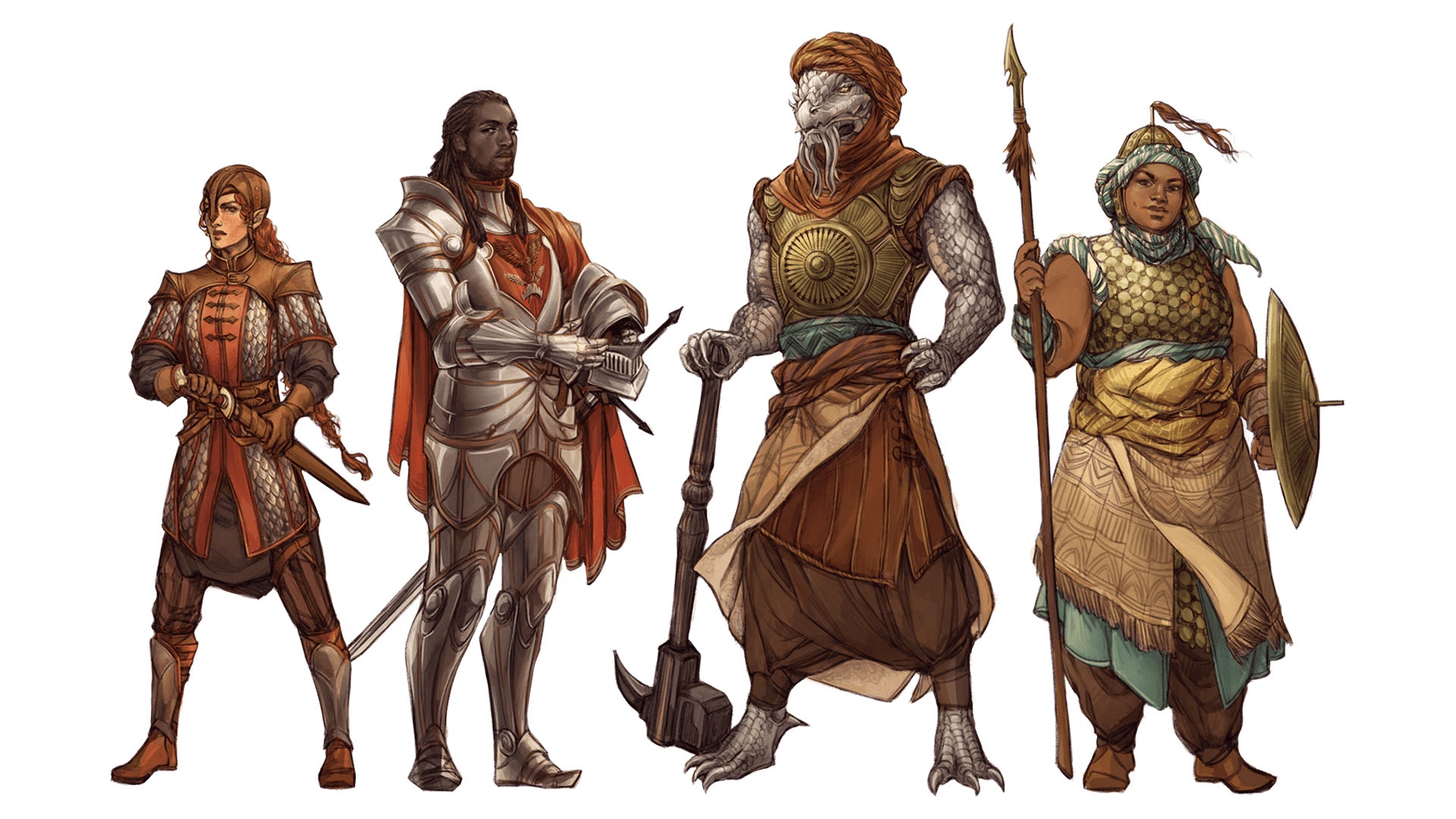
When you lot create a D&D 5E character yous'll be given the option to choose between a selection of starting proficiencies and equipment.
Proficiencies are essentially the skills that your druid will be 'adept' at - some of these you'll simply get for your class - such every bit existence skillful at welding daggers and darts - while others you'll have to option between. It's of import to annotation that druids never wear armour or employ shields made of metal. Druids tin can use a surprisingly broad range of weaponry, including clubs, daggers, darts, maces and even a sling.
As for possible skills you can choose your proficiency in, druids tin pick two from animal handling - peradventure a expert option if you lot plan to be making any furry friends - insight, medicine, nature, perception, religion and survival. Due to druids mostly existence at their best in the peachy outdoors, skills such equally nature, perception and survival are all probably good bets. Yet, insight and medicine are much more than common when dealing with other people, which might make for a more well-rounded character.
Finally, you lot'll exist able to pick from a selection of different equipment options. Your get-go option as a druid is between a wooden shield or simple weapon, whilst your second is between a scimitar or any simple melee weapon. Choosing a simple weapon from option A will permit your druid to potentially wield a ranged weapon, whilst the shield gives an obvious defensive advantage. A scimitar is a decent weapon to start out with, just you might prefer to utilize something that doles out bludgeoning damage instead of slashing - a skilful reason to choose a elementary melee weapon from option B instead.
How exercise druids cast spells?

The druid class casts spells using its wisdom modifier, pregnant that druids' spellcasting ability is determined by how good their wisdom stat is.
Whenever you want your druid to cast sure types of spells, the spell description volition listing whether your character is rolling a spell attack against an Air conditioning and if the target needs to make a saving throw against information technology. As with weapon attacks, the spell attack must exceed an enemy Ac in gild to hit - with your spellcasting ability providing a modifier to your ringlet.
Spell attack modifiers are calculated by adding your overall proficiency bonus to your wisdom modifier. Your druid's spellcasting save DC is what enemies have to roll against whenever they're making a saving throw against your spells. A druid'due south spellcasting DC is calculated by adding viii to their overall proficiency bonus and their wisdom modifier.
What is grooming and ritual casting?

As spellcasters druids are able to prepare which spells they program to use after every long rest. Selecting from the list of druid spells, your character will be able to select as many spells to set as equal to their wisdom modifier plus their current level. The number of spells per level is determined by how many spell slots your druid has of each level. For example, your druid will non exist able to larn more than two 2nd-level spells if they merely take two 2nd-level spell slots. When it comes to cantrips, your druid can pick two of their pick at first level and so subsequently acquire more every bit they level up. Whenever they take a long residual, your druid can swap out as many spells as they can acquire from the druid spell list.
Ritual casting allows a druid graphic symbol to cast a spell if they do not take whatever spell slots left. However, the spell must have a ritual tag - you can observe these on the druid spell list - and your druid must have it prepared. On top of this, casting spells ritually takes approximately 10 minutes to do, significant that information technology's improve suited to spells that tin be cast prior to or after gainsay - as many combat encounters don't last ten minutes and your druid can do nil else whilst ritual casting. They as well cannot cast ritual spells at higher spell slot levels to increase aspects such equally radius, the number of targets or impairment dealt.
Exercise druids get familiars or animal companions?
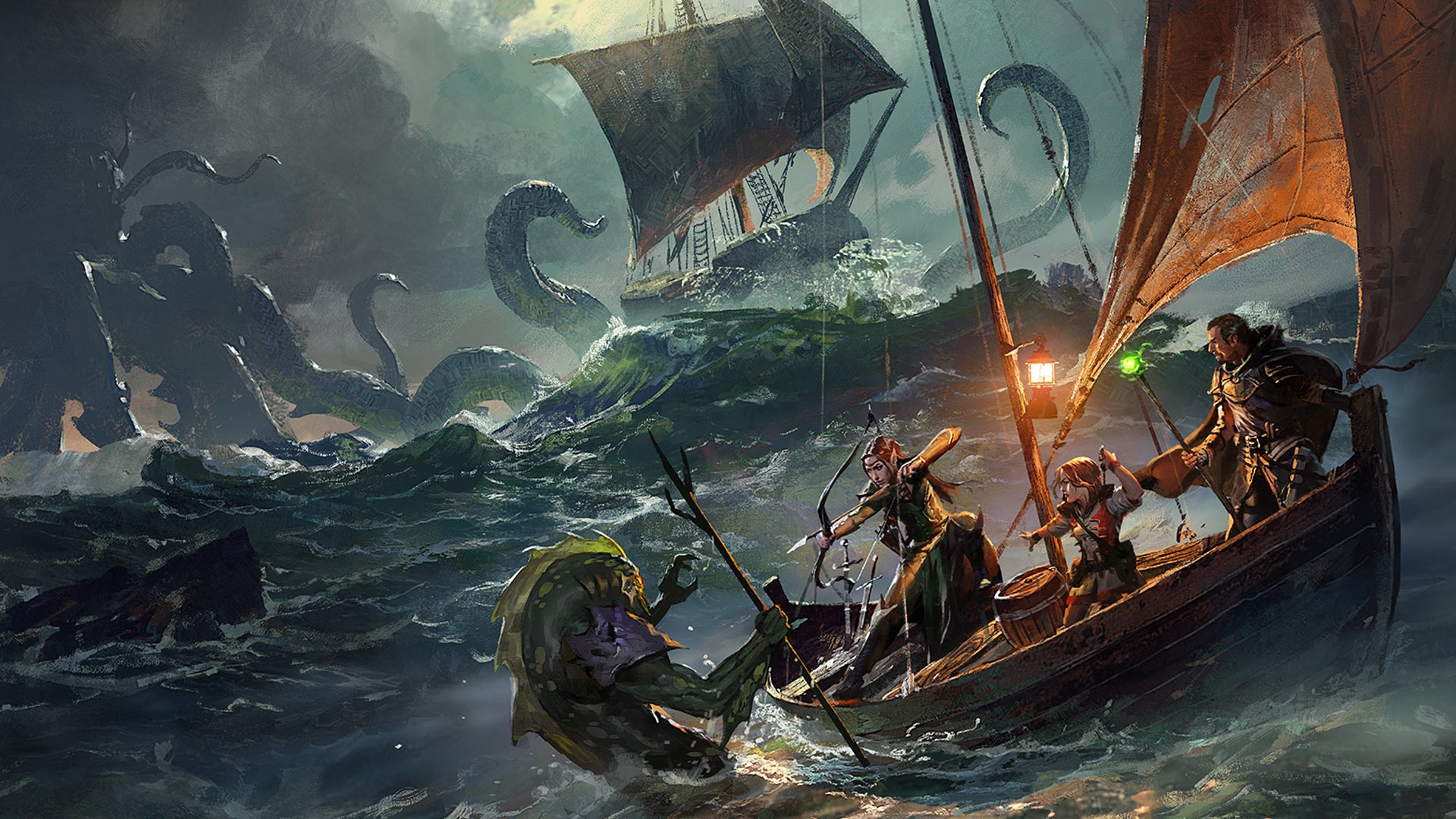
Druids are able to transform into animals and other beasts because of their connexion to nature and its inhabitants. Notwithstanding, this unfortunately does not hateful that they can form unique bonds with other animals as a human.
Certain feats and abilities granted by the diverse druidic circles players can cull for the character do give them some protection from wildlife and creatures - such Nature'south Ward. Still, druids are not able to summon familiars in the same way as wizards in 5E and cannot gain animal companions as the ranger class does. At that place may be spells like Speak with Animals that will enable your druid to form temporary friendships with wildlife, simply they cannot form lifetime bonds in the aforementioned fashion as familiars or animal companions.
What is Wild Shape?

Wild Shape is a druid's signature move. Druids go the power to utilise Wild Shape when they achieve second level. The animal they can transform into is adamant by their current level. In general, however, druids are able to become animals of varying size and movement ability, with later levels opening up new types of animals for a druid to become. Eventually, sure druids can become more fantastical beasts and fifty-fifty creatures that one wouldn't consider being shut to an fauna, such as elementals. When your druid reaches 18th level, they volition additionally be able to cast spells in their Wild Shape course.
There are several of import things to consider when using Wild Shape:
- All your druid'south ability scores are replaced past those of the beast they take turned into, aside from their intelligence, wisdom and charisma, along with their alignment. (If they have ane).
- Your druid retains all their existing skill proficiencies and saving throws, all well as those of the beast they've go. If their chosen beast has better saving throw bonuses, then your druid gets to utilise those instead.
- You cannot use any lair or legendary actions a beast may take.
- Your druid takes on the beast's hit points and hit dice when transformed. You alter back to your normal form whenever your beast form's hit bespeak total falls to zippo, with whatsoever excess damage transferring to your usual hit bespeak total.
- Normally, y'all cannot bandage spells whilst in Wild Shape fashion. (Though certain features let y'all to practice so.) However, whatever concentration spells you've already cast in normal form remain.
- Whatever features you take in your normal form are retained whenever you transform - such equally a half-orc's Relentless Endurance characteristic. However, you lot cannot use features that require your beast to have senses they don't take. For instance, Dark Vision if they are bullheaded.
- Any equipment y'all have can either merge into your body, drop onto the floor or shift to fit your druid's new form. If you lot choose to wear your equipment on your beast form, it's upwardly to the DM if you can actually use information technology. For case, a rhino is unlikely to be able to wield a morningstar.
What tin you plow into with Wild Shape?
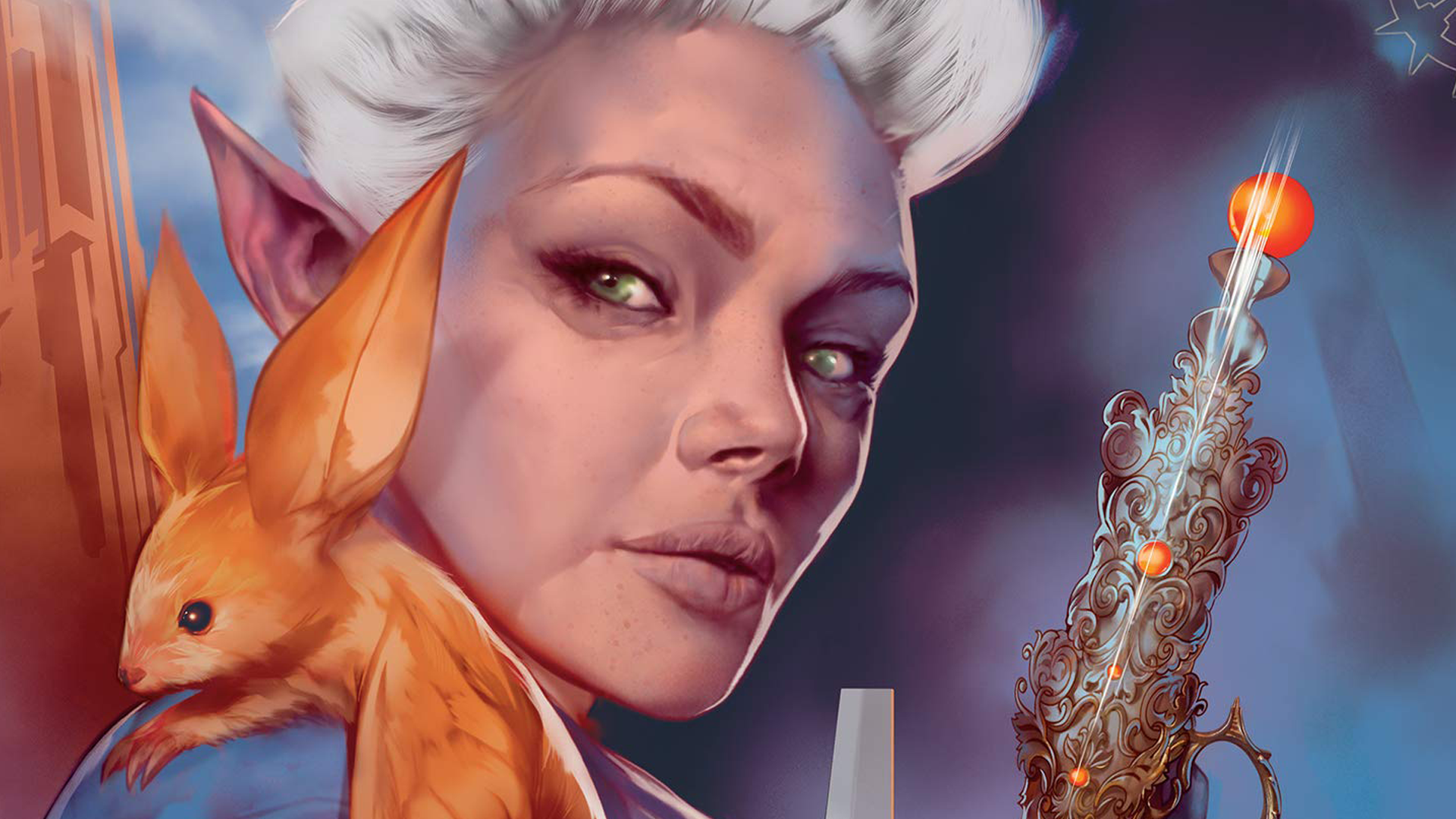
Initially, your druid grapheme will exist able to plough into a creature with a challenge rating of ¼ or lower. Challenge rating is something that dungeon masters are more than likely to be familiar with, every bit it's a terminology used to describe various enemies players might face in their journeys. Each challenge rating is designed to balance a druid's Wild Shape ability to match their current level, only so they don't start turning into woolly mammoths from second level.
Druids are initially limited by whether the animal they choose is able to fly or swim - with afterward levels unlocking these types of creatures. As your druid levels up, they'll be able to plow into beasts of a college claiming rating, eventually being able to go creatures such every bit a Giant Hawkeye. Depending on which circle your druid chooses to take when they reach 2nd level, they'll exist able to plow into beasts of a higher challenge rating at a lower level than usual.
When your druid first gains the ability to use Wild Shape, they'll be able to employ it twice until they experience a short or long rest. Using Wild Shape during combat requires an entire action, but turning back to your normal course only takes a bonus action. Once your druid reaches the 20th level, they will be able to utilize Wild Shape an unlimited amount of times.
What's the all-time druid circle?
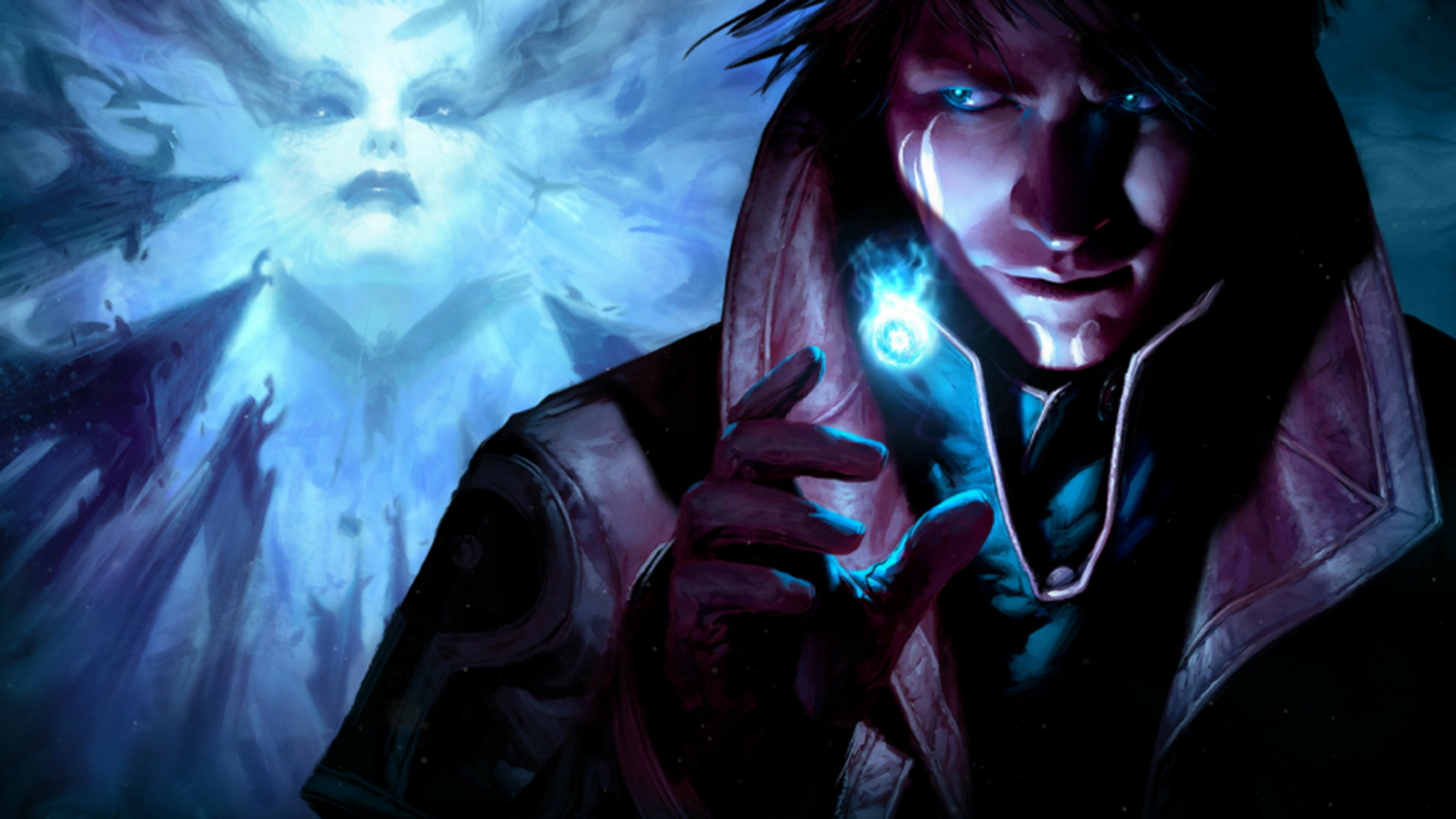
The answer to this particular question really depends on what role of beingness a druid really excites you lot. In the Dungeons & Dragons 5E Histrion'south Handbook two major druid circles are listed: the Circle of the State and the Circle of the Moon. There are plenty of other druid circles to cull from in various other D&D 5E sourcebooks, besides equally in homebrew content created by the community, only to go on things uncomplicated nosotros're going to focus on the ones featured in the Role player's Handbook.
Whereas the Circle of the State provides a big variety of options to help customise the kind of spells your druid gets as they level up, the Circumvolve of the Moon is a more focused path that improves your Wild Shape feature.
Whichever circle you cull for your druid depends on whenever you desire them to be a pure beast-transforming motorcar or to have more spellcasting options subsequently down the line. Neither choice is a bad one, but it will have a significant impact on how your druid develops with every level increase, then information technology's an important decision.
Circle of the Land
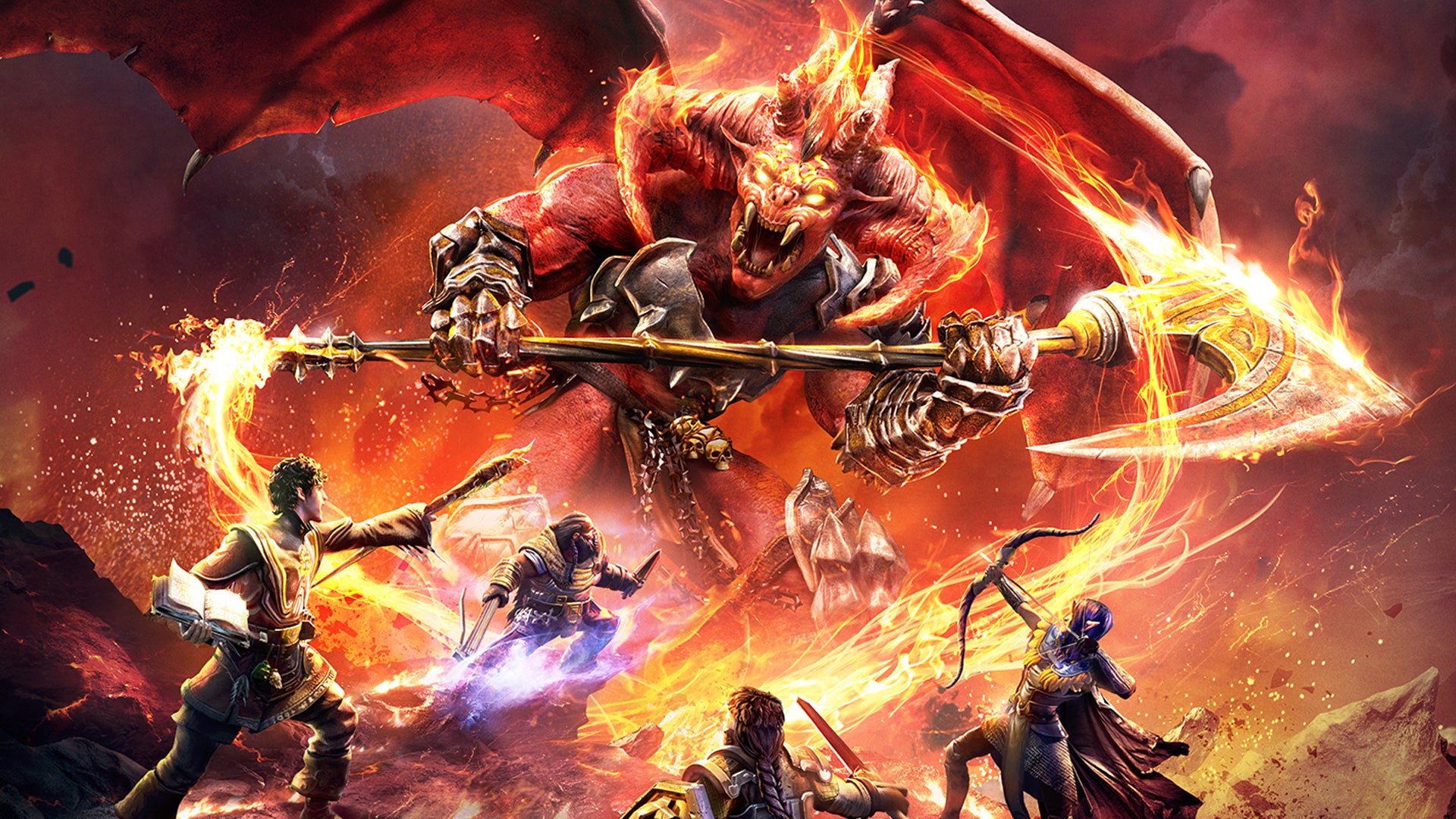
The Circumvolve of the Land indicates that your druid has a deep connexion with their homeland and the things that abound and live in it. A druid of this circle specialises in harnessing their called habitat to perform great feats or to assail their enemies. If you lot choose the Circle of the Land for your druid, they instantly become a bonus druid cantrip spell of your choice.
In improver, they also go the Natural Recovery feature - which enables your druid to regain spell slots whenever they have a brusk residuum, instead of the long rest that's usually required. The blazon of spell slot they can recover depends on their electric current level, enabling them to regain spell slots equal to or less than half their level. For example, a 2d-level druid will exist able to regain their level 1 spell slots, but not any level 2 spell slots. Regardless of your druid's level, they cannot regain spell slots for level 6 or in a higher place spells this way. They regain the utilize of the Natural Recovery feat whenever they take a long remainder.
After on, your druid will be able to use State'south Stride, which prevents them from having their motility impeded past the environment and gives them reward against spells that attempt to do then. Nature'due south Ward prevents a druid from beingness overjoyed or frightened by various citizenry of nature and grants them immunity to poison and illness. Finally, with Nature'south Sanctuary at 14th level, any beasts or plants attempting to attack your druid must succeed on a wisdom saving throw to do and so.
Arguably the biggest benefit of choosing the Circle of the Land for your druid are the circle spells they will acquire over the adjacent few level increases. All of the spells your druid gains from their Circumvolve of the Land trait are automatically prepared and practise not count to the number of spells they can prepare each day. Some of these spells don't appear on the druid spell listing - however, your druid can still cast them.
Which spells your druid gets depends on which surroundings they choose, with each one providing an appropriate arsenal of spells. For example, your druid volition go the Ice Storm spell if they go a Druid of the Arctic or the Control H2o Spell if they choose to exist a Druid of the Coast. Your choice might be driven by a want to larn a especially powerful set of spells or even one or two spells that take your fancy. Or it might exist driven by the kind of surround you imagine your druid originated from. Luckily, your druid will get a decent option of offensive, supportive and utilitarian spells regardless of which surround they choose.
Circumvolve of the Moon

Druids in the Circumvolve of the Moon are much more in tune with their inner animal. Unlike the Circle of the Land, the Circle of the Moon provides much less diverseness and focuses on the Wild Shape characteristic instead of boosting a druid's spellcasting roster and ability. Nevertheless, players wanting to play a druid purely considering they tin shape-shift would be silly non to choose the Circle of the Moon. The benefits this circumvolve grants a druid are very powerful and can make them into an absolute menace on and off the battlefield.
The first large benefit druids proceeds from the Circle of the Moon is the Combat Wild Shape feature, which is learned as soon as they choose the circle. This gives the druid the ability to use Wild Shape as a bonus activeness during combat, which is a huge game-changer for the character. They can as well spend some other bonus action to use a spell slot to regain 1d8 worth of hit points. This substantially turns your druid into more than of a direct fighter than a spellcaster, which admittedly fits the theme of this circle.
In addition to Gainsay Wild Shape, your druid volition become the Circle Forms ability as soon as they choose the Circle of the Moon. This feature enables them to begin transforming into more powerful beasts than they usually would be able to. Instead of having to wait until eighth level, your druid can immediately brainstorm transforming into beasts of a challenge rating every bit loftier as 1. When they reach sixth level, your druid tin can kickoff transforming into beasts with a claiming rating equally high as their current level divided by three. This means that past 6th level, your druid can start transforming into beasts of a challenge rating of 2 - something that druids in the Circumvolve of the Land can never do.
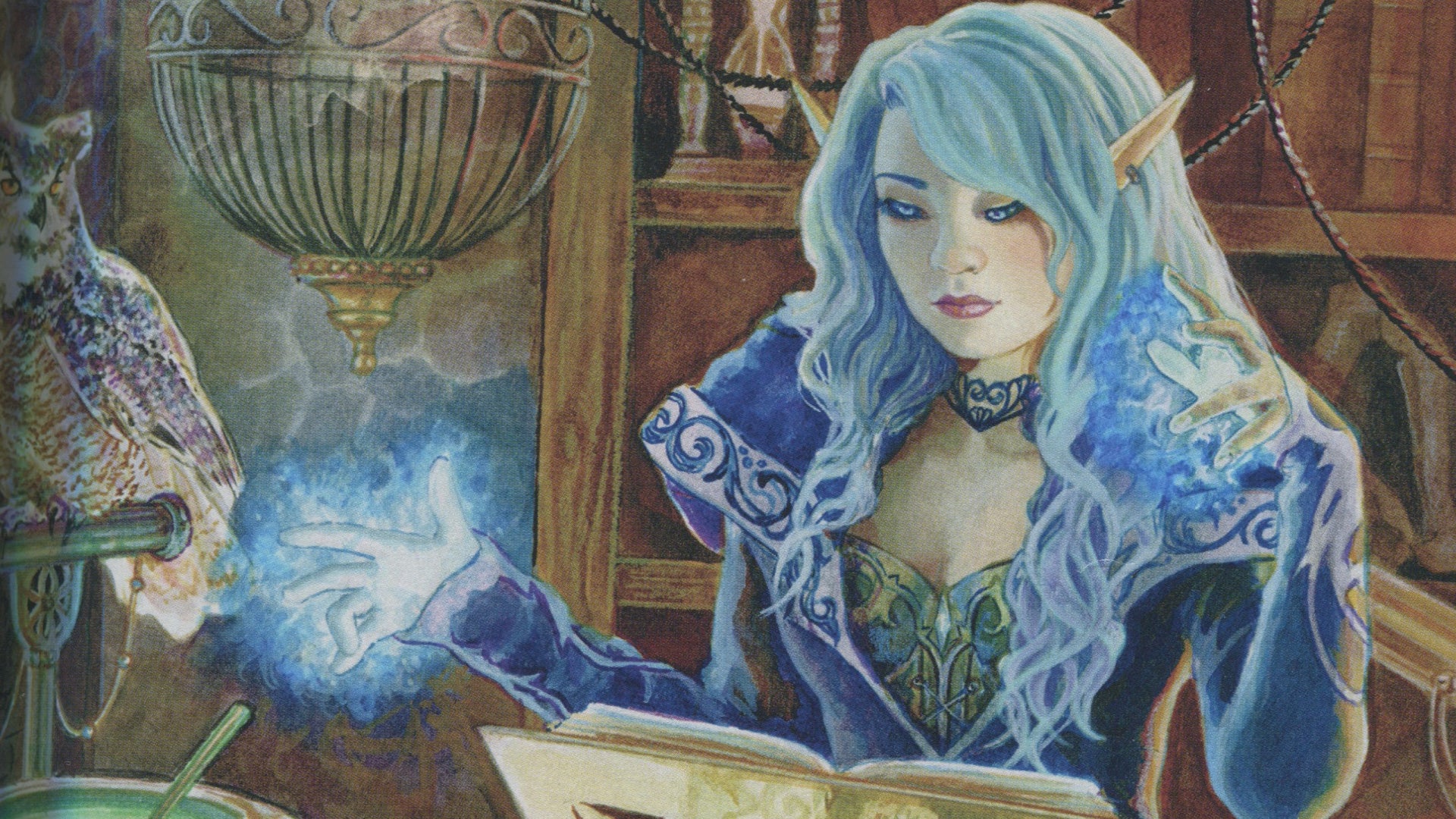
At 6th level your druid benefits from the Fundamental Strike characteristic, ensuring that their attacks in beast course are able to intermission through any immunities to non-magical attacks or impairment that an enemy might accept.
When your druid reaches 10th level, they'll take the option to turn into an elemental by spending two uses of Wild Shape. Elementals tin can be air, earth, fire or h2o-based and volition accept unique abilities, resistances, immunities and features relating to each. This ability widens your options for shape-shifting, particularly when a specific type of damage is going to be incredibly effective during an encounter.
Finally, when your druid reaches the 14th level they will be able to cast the Alter Cocky spell at will. Essentially, your druid has gotten to the point where their body is so malleable that they are able to modify their form in such a way that they don't need to necessarily use Wild Shape to accept claws, teeth or breathe underwater. They can merely look whatever way they similar - the perfect way of getting an instant makeover.
What's the best race to play as a druid?
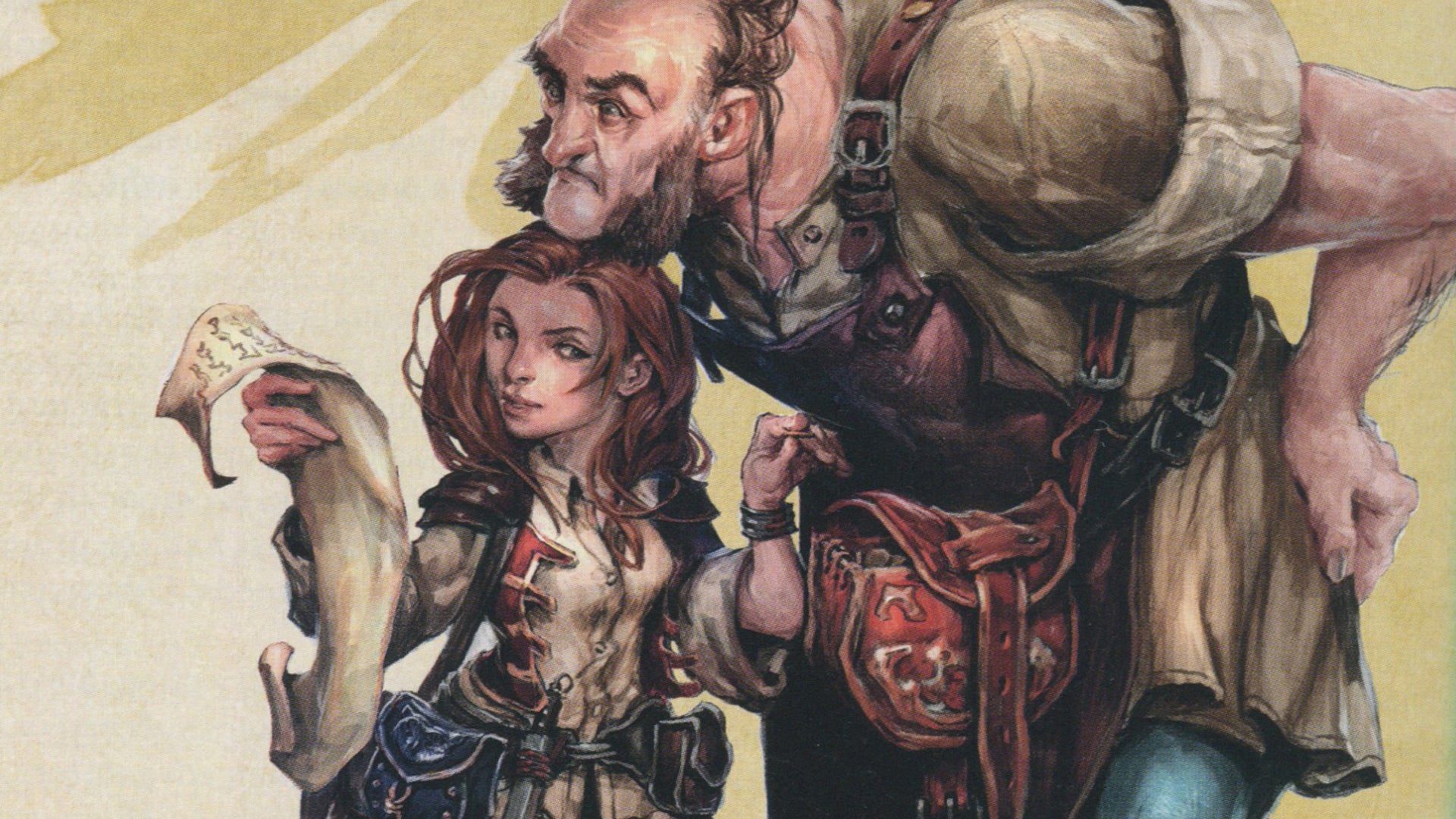
Apparently, any race can work fine with every grade in Dungeons & Dragons, and the new options to make a graphic symbol entirely devoid of racial traits included in sourcebook Tasha's Cauldron of Everything are definitely a step in the right direction. However, if you are planning to apply D&D 5E'southward racial trait modifiers and features, you might exist wondering which options might fit all-time with the druid class.
The wood-dwelling woods elf is an obvious choice when you're making a druid character, and not just considering they get an increase to their wisdom power score - although that is a major benefit, as druids use their wisdom stat to cast spells. Wood elves get the Mask of the Wild feature, which enables them to hibernate behind heavy weather condition patterns - a natural occurrence in the wild landscapes that druids tend to roam.
Humans piece of work fairly well as druids because you'll get an increase to your wisdom ability score - along with all the other ability scores - from the off and can acquire some useful skills and an extra feature they'll exist able to do good from even in beast form.
This also goes for one-half-elves, who are able to gain proficiency in two skills of their choice straight abroad - which can once again be used by your druid when in beast form. They too have advantage in saving throws against Overjoyed which, when combined with the potential for your druid to proceeds the Nature's Ward feature, could brand your grapheme incredibly resistant to falling nether anyone's sway.
Source: https://www.dicebreaker.com/games/dungeons-and-dragons-5e/how-to/dnd-5e-druid-class-explained
Posted by: grandepoved1950.blogspot.com

0 Response to "Can Druids Talk In Animal Form 5e"
Post a Comment